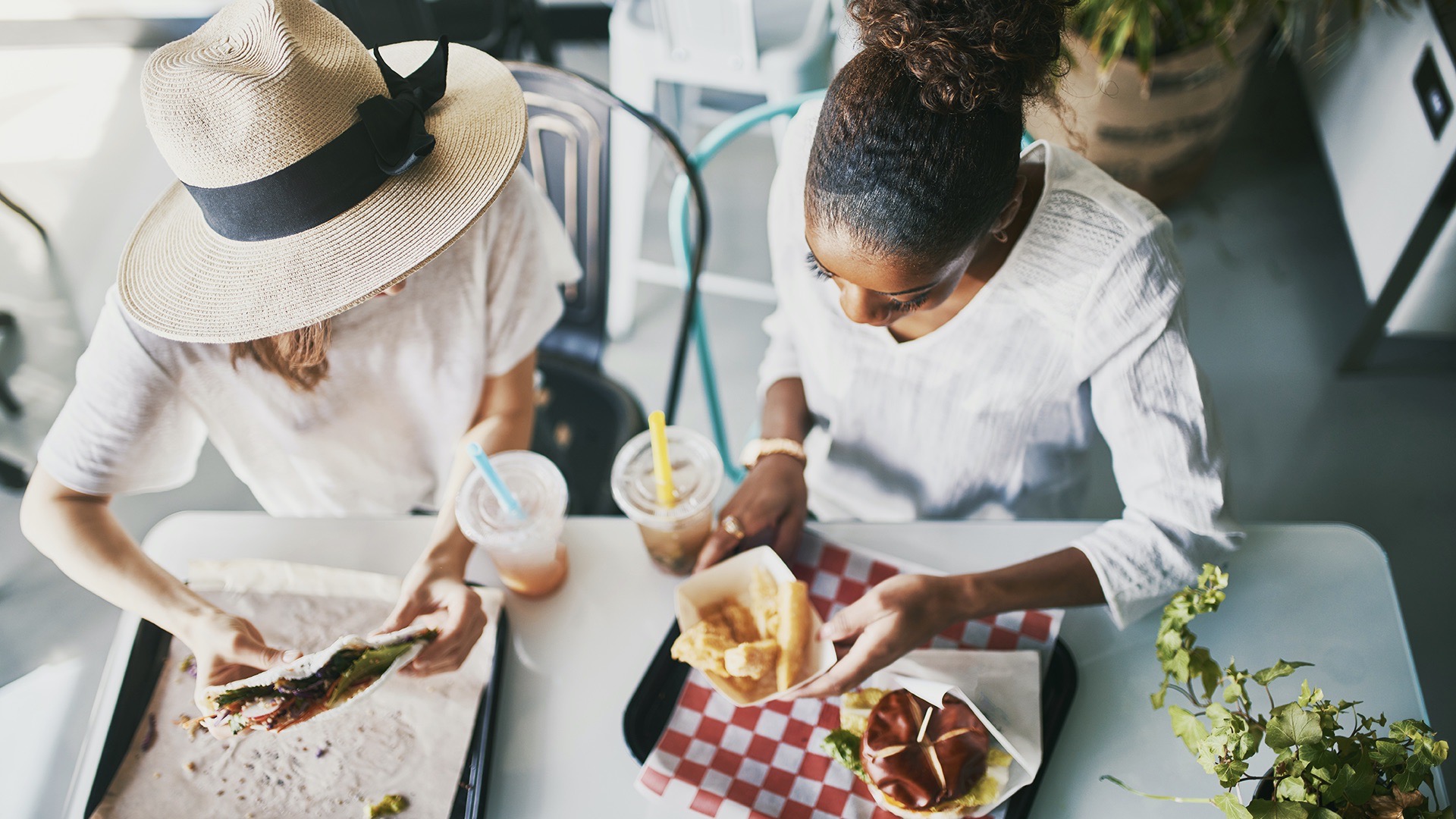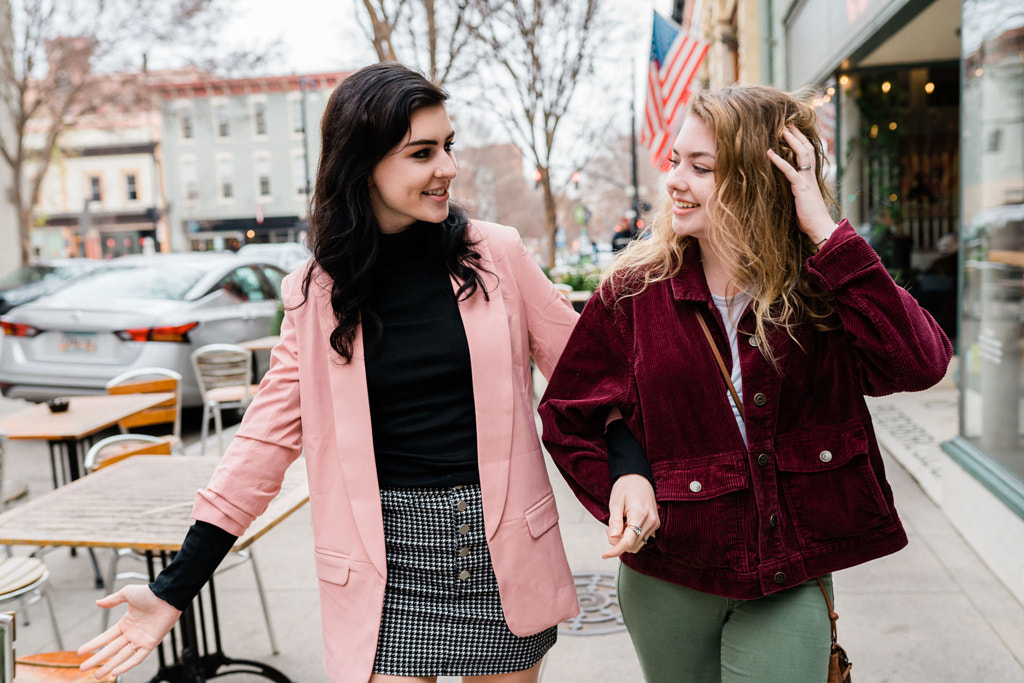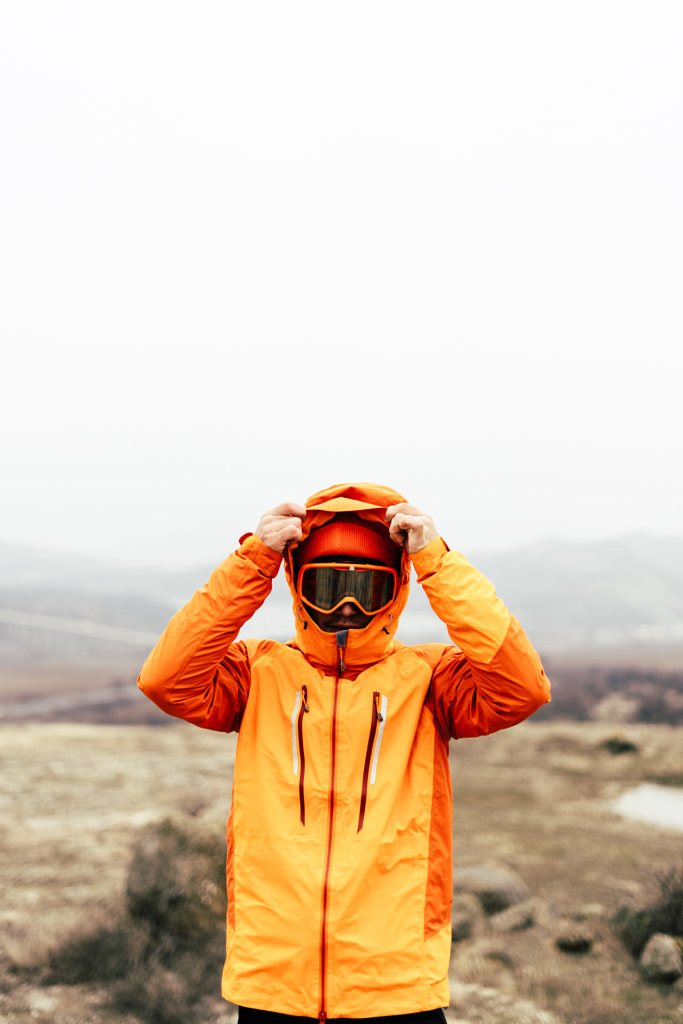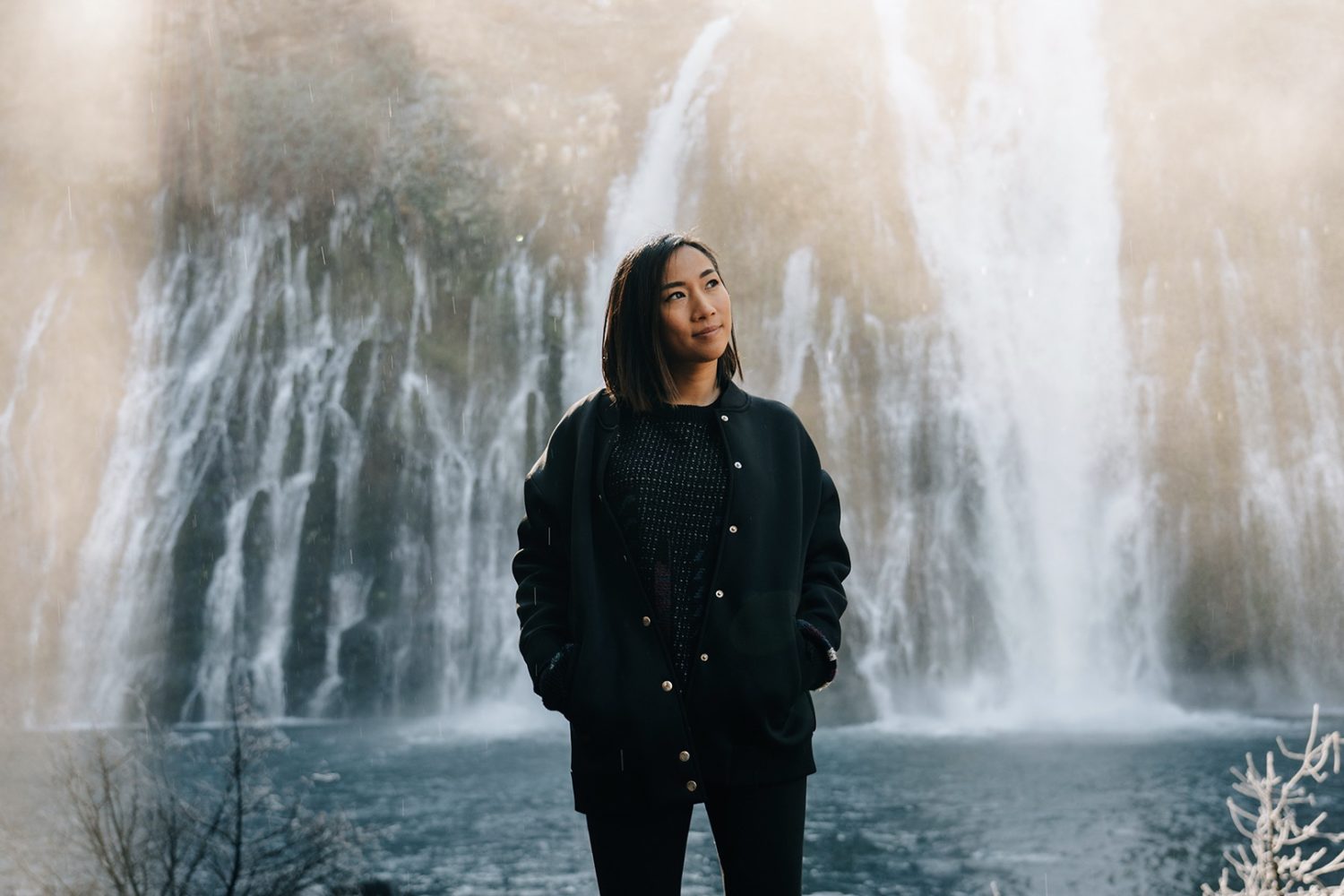At the start of this year, Booking.com looked at data from over 22,000 travelers to determine the biggest trends in travel. At the top of their list was “second-city” travel, or the exploration of lesser-known locations.
More than half of world-travelers (54%) want to help reduce over-tourism by visiting spots that aren’t well-known, and 51% would exchange their original destination for a similar but less famous one if they knew it would have less of an environmental impact.
For commercial photographers, this trend points to a shift towards more localized, experiential images. It also means that you don’t have to travel across the world to create marketable photos; “micro-cations,” “hometown vacations,” and “backyard destinations” are having a moment.
Most of us live in these “second-city” destinations, where we have access to local sights, communities, and activities the casual tourist might miss. Here are our tips for taking travel photos that sell—without stepping outside of your own neighborhood.
Connect with your community
According to Getty Images, the “Tourist vs. Traveler” movement will continue to define commercial photography going forward. It’s easier than ever to travel, and people want to feel connected with the destinations they visit; many are skipping travel agents and creating their own itineraries based on information gathered online.
Gradually, hidden gems and tucked-away treasures are replacing tourist hotspots, so dig a little deeper and learn as much as you can about what makes your neighborhood unique.
Run a search on 500px to see where other local users are taking pictures, and then use that knowledge as a point of departure. Ask friends and neighbors where they go on weekends, or check in with your favorite local businesses to see if they have any tips.
Carry property releases or use an app
A note on local businesses: if you plan to photograph private property, you need a property release to license your images commercially—even if the interior isn’t the main focus of your shot.
Check the rules at every location beforehand to avoid disappointment. If you find a stunning hotel, restaurant, or cafe, for example, reach out to owners. You can print out copies of the 500px property release, or you can download an app like Releases for a mobile workflow.
Show them your Licensing portfolio, explain how it works, and ask if they’d sign a release. If the answer is “yes,” use that as an opportunity to learn about the history of the place and get more immersive, meaningful, and detailed images.
One more thing about property releases: they don’t just apply to buildings, homes, and businesses. Street art like graffiti, monuments, and installations are usually protected, so you’ll need to steer clear or get formal permission from the artist before submitting your photos for Licensing.
Work with friends
Any identifiable person in your photos will also need to sign a model release if you want to submit them for commercial Licensing. Of course, you can always approach people on the street and ask them to sign a release, but another option is to schedule an informal commercial photoshoot with people you already know. Take care of the paperwork beforehand, and then enjoy a fun day out on the town.
As a general rule, adding a human element can instantly boost the marketability of your images. It’s not just about the place itself but how people experience its culture, so use a model to help tell that story. Remember to get photos of your friends participating in their favorite local activities, but be wary of ticketed locations and events, as they are often protected by copyright and can’t be licensed commercially.
Highlight local foods
Food is an essential part of the travel experience; in fact, according to the 2020 Canadian Travel Trends Report by Skyscanner, almost one in five Canadians plan their vacations around the local cuisine.
Grab some pictures of your models eating the local foods. That might mean picking up some of your city’s signature street food and enjoying it as you walk around, or photographing your plate as you enjoy a fancy sit-down meal. These are the kinds of specific, localized photos buyers crave.
Great food shots can be taken in the studio, but with a little foresight and planning, they can also be captured when you’re on-the-go. Travel blogs and social media can be great resources for finding the “buzziest” restaurants and street markets in your area. Keep an eye out for foods made locally; according to research, 71% of travelers say eating local produce is important to them.
Take it slow
According to the Travel Predictions 2020 report from Booking.com, 48% of travelers plan on using slower modes of transportation in the coming year to reduce their environmental footprint.
Even more (61%) say they’d prefer to take a longer route and experience the journey, and more than half (57%) don’t mind taking additional time to use unconventional modes of transportation (e.g., trams and boats).
Modern travelers (and advertisers) are catching onto something travel photographers have understood for decades. It’s not only where you’re going that matters but also how you get there—and it’s no wonder “Slow Travel” is trending in Licensing on 500px.
By taking the time to observe your surroundings, you can find sights and experiences you might otherwise overlook. Opt to take a longer, slower route to your chosen spot, and keep your camera out along the way. Similarly, if your city has a historic or unique transportation system, take advantage of it.
Something to remember when photographing transportation is that many systems have rules about what you can shoot for commercial use. For example, the MTA (Metropolitan Transportation Authority) in New York owns the trademarks to all their route number and circle designs, and bullet trains like the French TGV or Japanese Shinkansen aren’t suitable for commercial Licensing.
Regardless of your chosen mode of transportation, check and make sure that you’re not photographing private property, including intellectual or branded property like logos or unique signage.
Be responsible
As leading hotels and airlines eliminate single-use plastics, we expect to see sustainability gain traction in commercial travel photography as well. On Getty Images, searches for “reusable coffee cup,” “metal straw,” and “reusable water bottle” went up by 479%, 206%, and 155% in the last year.
When exploring your hometown, stay conscious of these trends; instead of picking up a to-go cup from your local shop, invest in reusable cups or water bottles. If you’re submitting your photos for Licensing, just remember to avoid any logos or trademarked details (or edit them out in post).
Get outside
This year, National Geographic listed “wellness vacations turn to nature” as one of their top travel trends. Commercial travel photography is moving from big cities to remote forests, as more people seek experiences with the natural world.
In 2018, for the first time ever, “nature” was the top search term over on Getty Images, and last year, the “astro-tourism” trend—or travel to dark-sky, eco-friendly locations—made headlines worldwide.
This trend is all about reconnecting with the environment and respecting it, so adding a model and showing people interacting with their surroundings can make your photos more marketable. Support your local parks and preservation areas by bringing a friend for a hike and a casual photoshoot. Most landscapes are public property, but if you’re ever in doubt, double-check with the authorities to make sure commercial photography is permitted.
Tag your location
The final step in ensuring the marketability of your travel photos is making sure buyers can find them by including relevant search terms in your metadata. That means applying literal keywords to your photos, adding location information to your titles, and geotagging the images. Remember to include as much detail as possible: country, state, city, neighborhood, site, etc.
If you’ve included people in your photos, describe them in detail (e.g., age, gender, ethnicity, hair color, mood). How many are there, what are they doing, and what are their relationships to one another?
Finally, add some conceptual keywords that capture the idea and intention behind your shot. “Travel,” “wanderlust,” “scenic,” and “local” are some obvious ones, but you can also get more specific with phrases like “outdoor adventure” or even “getting away from it all.” Get creative, and check out what other Licensing Contributors are tagging for ideas.
Not on 500px yet? Sign up here to explore more impactful photography.













Leave a reply